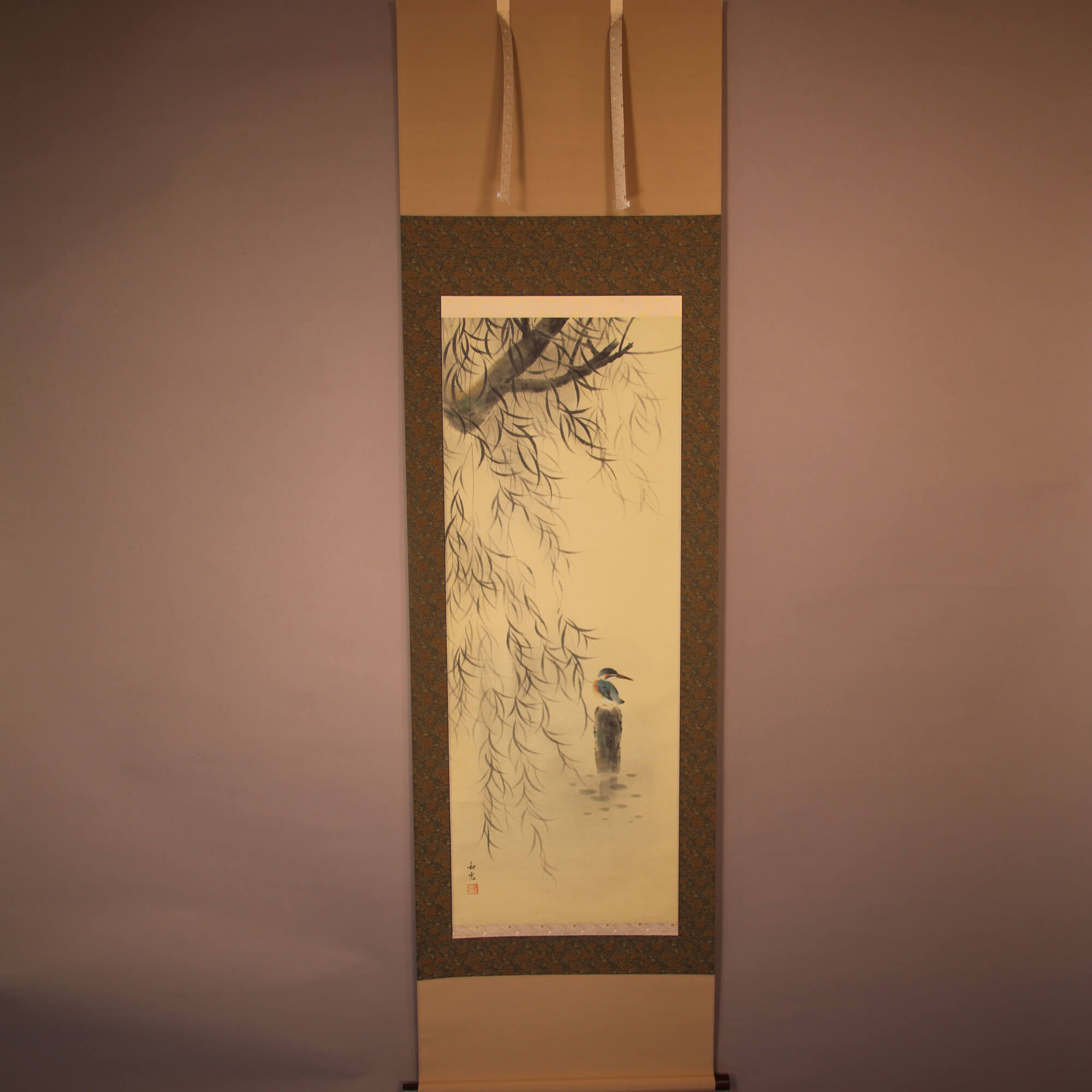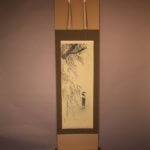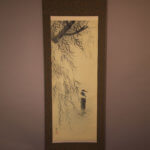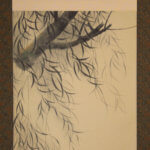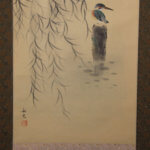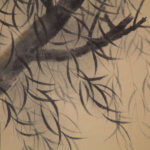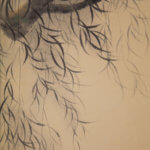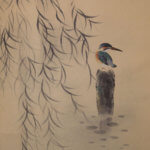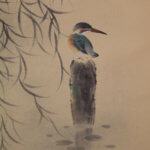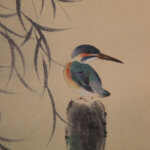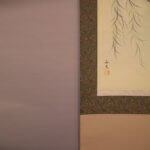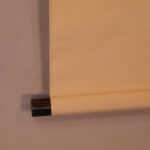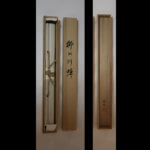Products Lineup
News / Blog
Other Menus
Kakejiku Hanging Scroll: Willow Trees and a Kingfisher / Miyake Wakō - Yanagi ni Kawasemi
- Product ID
- 0298
- Name
- Miyake Wakō
- Profile
Born in Gifu prefecture, 1944, Wakou started painting under his father from his earliest childhood. His father was a painter too. Wakou became a disciple of Shikou Kojima who was also from Gifu prefecture and a nationally famous painter. Wakou received formal artistic training from Shikou and showed a skill for almost everything; birds and flowers, landscape and people. A former member of 墨人(bokujin) society. Now he belongs to Oriental Art society and is still active on the front line of Japanese art world.
- Size
- 600mm x 1920mm
- Roller End Material
Red sandalwood- Material of the Work
- Japanese paper
- Stock Condition
- Sold out
- Duty and Taxes
Import duty and taxes are beyond our control and may apply to your shipment. Please noted that these fees are the responsibility of the buyer.
- Description
In this work appears a kingfisher perching on a dead tree at the water’s edge under the willows swaying in the wind. A series of willow leaves of the same shape are painted in black ink forming the movement of willow leaves. This highly decorative portrayal is reminiscent of the Rimpa school’s technique which can be seen in Ogata Kōrin’s painting, “Irises”, a pair of six-panel folding screens. The kingfisher, on the other hand, is depicted very realistically and the contrast between these two subjects does not break down on the same canvas, but comes together without a sense of discomfort to form a single work. This must be the result of Miyake Wakō’s excellent sense of balance. The high artistic ability of Miyake Wakō to have a good command of ornamentation and realism can be observed in this masterpiece.

